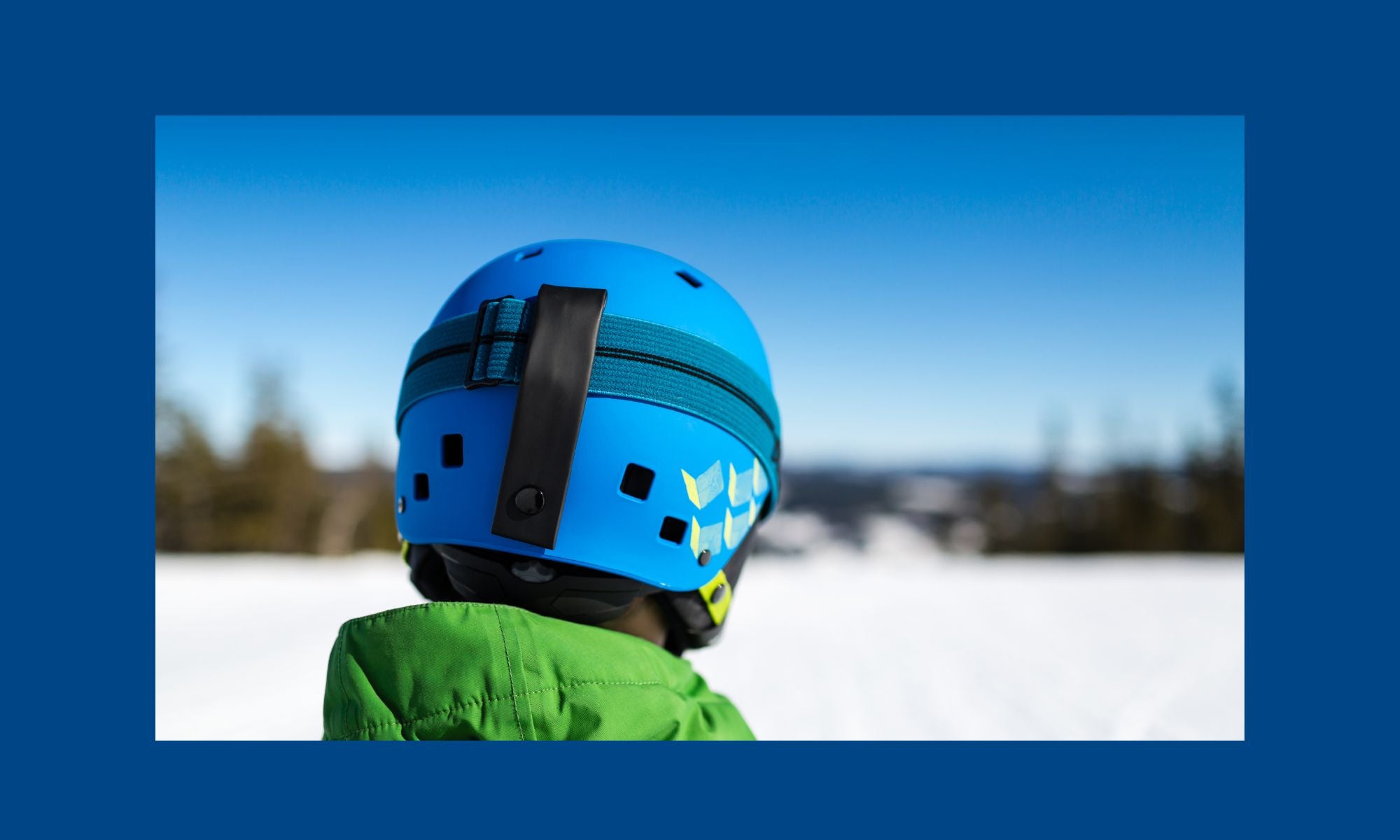Ski helmets are generally constructed in three main ways. Construction methods are constantly being developed and you can find hybrids of technologies but mainly there are 3 technologies widely found across the main ski brands who specialise in ski helmet research and development.
The shell is the main part of the ski helmet that is designed to protect you. The shell is designed to absorb both impact and sharp, blunt forces caused by collisions or falls where you hit your head on ice or protruding rocks.
Injected shell technology / Hard Shell / ABS Shell
Hard shell ski helmets are constructed with a durable ABS shell and a lightweight EPS liner bonded together. This type of ski helmet is extremely hard-wearing and is a highly effective safety combination: impact-resistant outside, shock absorbing and insulating inside. Due to their construction they tend to have less vents.
Inmould / In-mold / Injection Molded
In-mould construction uses an impact resistant polycarbonate outer shell with the impact-absorbing EPS foam liner being foamed directly into the polycarbonate shell. This combination of shell and liner results in a better ventilation system, has good durability without excess weight
MIPS / Multi-directional Impact Protection System
MIPS is an enhanced safety feature integrated into an ABS hard shell ski helmet. MIPS reduces rotational forces on the brain caused by hitting your head at an angle. In a MIPS helmet the shell and the liner are separated by a low friction layer. The “slip” layer moves only a couple of mm during the impact but it absorbs the rotational force instead of the force being transferred to the brain.
Pro’s and Con’s Summary:
Hard Shell – Tends to be bulkier in design, less vents, heavier but a cheaper price and longer lifetimes
In-Mould – Better ventilation systems, lighter weight but slightly more expensive
MIPS – Can further protect the brain in certain types of falls, more expensive
Remember to check that your ski helmet shows the European CE1077 or American ASTM F 2040 and avoid buying second hand from ebay or marketplaces where the authenticity is not guaranteed.
Read more about MIPS Ski Helmets where the additional liner protects against rotational falls.
How to fit a ski helmet
Its really quick and simple, using a material tape measure, wrap it around the widest part of your head just above your eyebrows and around your temple. Take the centimetre reading.
You’ll probably find your head size comes in between 55 – 62cms for an adult and 48 – 55 for children. If you fall between two size brackets for a helmet then go for the biggest size.
The ski helmet should have a snug fit without any pressure points.
- If you feel any pressure points it is the wrong size or shape. Remember you will spend hours in it and any pressure points will result in a headache.
- Gentle shake your head around (with the strap undone) and ensure the helmet doesn’t move around – if moves separately to your head then it is too big
It is recommended that you change your ski helmet if you drop it or have a fall. Its is impossible to tell if the ski helmet is compromised without x-raying it. Not worth the risk ...
